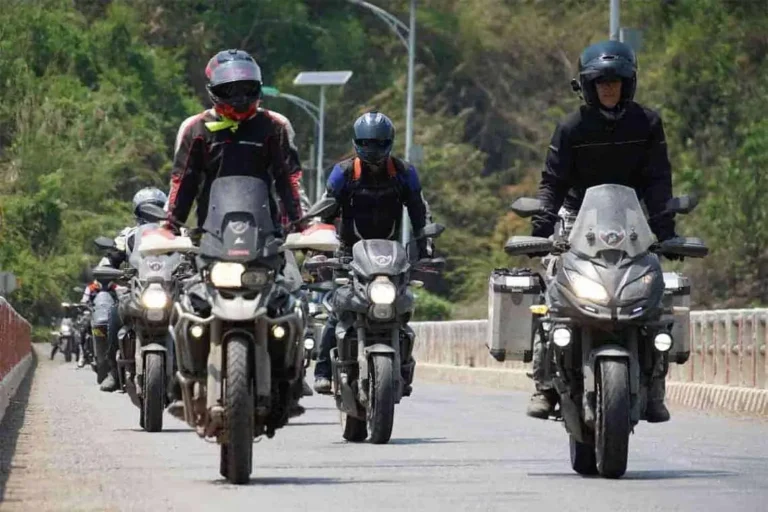Thailand, with its vibrant culture, stunning landscapes, and welcoming locals, is a haven for motorbike enthusiasts. Exploring the country’s scenic routes on two wheels offers an unmatched sense of freedom and adventure. However, the tropical climate with its distinct seasons plays a significant role in determining the best time for such tours. Understanding the unique characteristics of each season will help riders make the most of their journeys.
Thailand experiences three primary seasons: the dry season, the hot season, and the rainy season. Each of these seasons presents its own set of challenges and opportunities for those looking to embark on a motorbike tour.
The dry season, which lasts from November to February, is arguably the best time for motorbike tours in Thailand. During this period, the weather is cool and dry, offering perfect riding conditions. With temperatures ranging from 20°C to 30°C, the crisp, clear skies make for breathtaking views and enjoyable rides. The northern regions, including Chiang Mai and Chiang Rai, are particularly delightful during this time, with their scenic hills and lush greenery. Riders can comfortably explore the countryside, partake in local festivals, and stop by roadside stalls to enjoy delicious Thai cuisine.
The dry season also coincides with Thailand’s peak tourism period. While this might mean busy tourist spots, it also ensures that infrastructure and services are at their best, which is crucial for a hassle-free motorbike tour. Booking accommodations in advance is advisable due to the influx of travelers. Additionally, the lack of rain reduces the risk of slippery roads and sudden weather-related disruptions, allowing for uninterrupted exploration.
Come March, and Thailand transitions into the hot season, which lasts until June. During these months, temperatures soar, often surpassing 35°C. An unbelievably scorching sun dominates the sky, making long rides uncomfortable, especially during midday. While this season isn’t ideal for extensive tours, it does have its silver lining. The southern coastlines, with their inviting beaches and cooling sea breezes, can provide some relief. Riders planning tours during this period should focus on shorter routes, stay hydrated, and take frequent breaks to prevent heat exhaustion. Riding in the early mornings or late afternoons, when temperatures are relatively lower, is advisable.
The rainy season, from July to October, brings frequent showers, high humidity, and occasionally, intense tropical storms. While this season poses challenges such as slippery roads, decreased visibility, and potential flooding, it also transforms Thailand’s landscape into a lush paradise. For the adventurous at heart, motorbike tours during the rainy season offer a unique experience minus the usual tourist crowds. However, preparation is key. Waterproof gear, careful route planning, and a flexible itinerary can help navigate this season. Sticking to main roads and avoiding mountainous areas prone to landslides is wise. For those who don’t mind a bit of rain and mud, the breathtaking transformation of landscapes can make the challenges worthwhile.
In summary, the dry season from November to February is unequivocally the best time for motorbike tours in Thailand, offering the most comfortable and scenic rides. However, each season holds its own allure. The hot season, with its vibrant coastal routes, and the rainy season, with its verdant scenery, present opportunities for unique adventures. Regardless of the season, Thailand’s charm and beauty await those willing to explore its wonders on the back of a motorbike. Preparedness, flexibility, and respect for local conditions are essential ingredients for a memorable journey. So gear up, plan wisely, and embark on an unforgettable tour through this enchanting country, discovering its treasures one road at a time.

